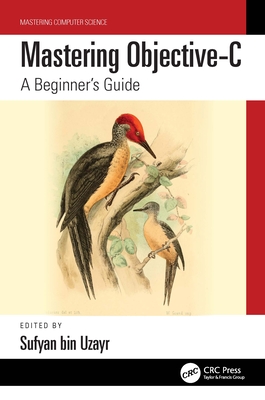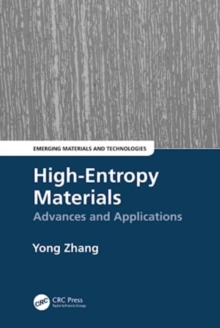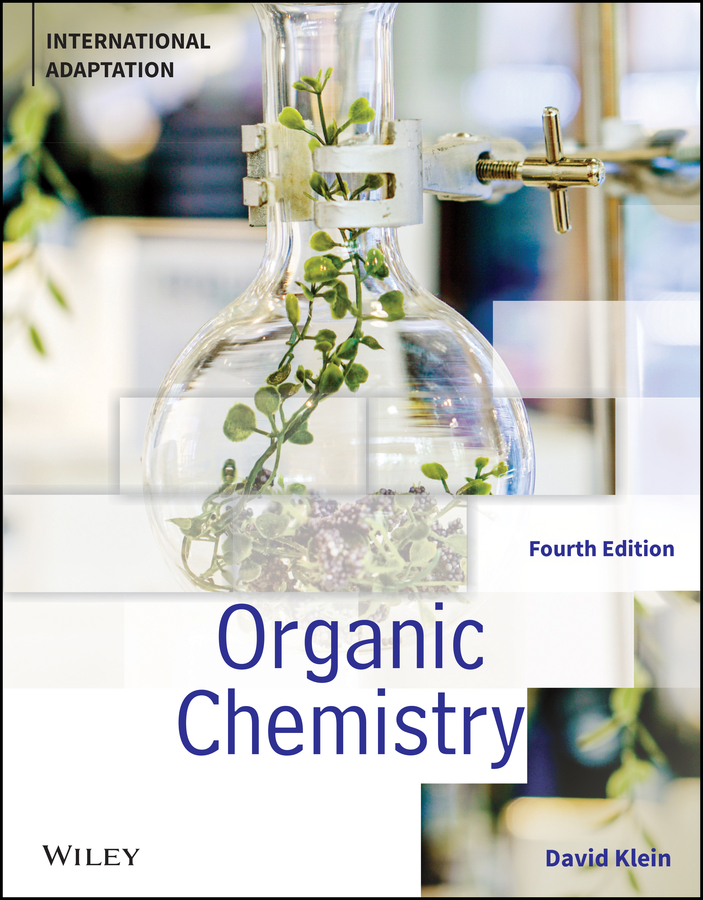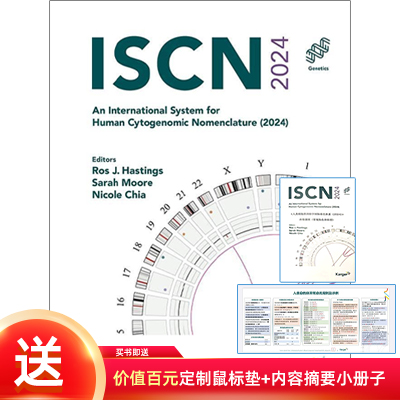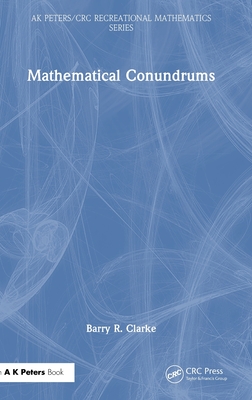图书简介
The edited book highlights comprehensive studies on plant diversity dynamics, ecosystem processes, and best conservation practices from the interdisciplinary perspectives such as the botanists, ecologists, conservation biologists, geneticists, cell biologists, molecular biotechnologists, and social scientists. The main focus of the book is to address biodiversity loss and ecosystem collapse amidst the escalating climate change problems, aggravated by anthropogenic activities in biocultural landscapes. The book describes the biocultural landscape of today, ecology of plant diversity, botany of keystone and other rare species of economic and pharmaceutical significance, ecosystem processes, conservation, and emerging frameworks to sustain biocultural landscapes in the Anthropocene. Biocultural landscapes are tracks of land in many parts of the world, shaped by unique human-nature interactions. Many of these landscapes are populated with indigenous peoples with a unique way of life including their interaction with plants and the environment. The relationship between humans and nature in biocultural landscapes used to be harmonious. However, as the human population surges, much pressure has been experienced by the landscape, hence, the loss of biodiversity and degradation of ecosystem services that cascade to agricultural systems. The book is of interest to teachers, professors, policymakers, researchers, and advocates in the fields of botany, ecology, taxonomy, biodiversity conservation, environmental science, molecular biology and genomics, molecular ecology, agriculture, and Agri-tourism, forestry, social science, and climate change professionals. Also, the book serves as a good reference and additional reading material for undergraduate and graduate students.
Part 1. Biocultural Landscapes During the Anthropocene.- Chapter 1. Understanding Plant Diversity Dynamics in Biocultural Landscapes During The Anthropocene.- Chapter 2. Building Sustainability in Community-Managed Mangrove Forest using Biocultural Approach to Conservation.- Chapter 3. Plant Diversity in Biocultural landscapes during Anthropocene: The Need For Conservation, Challenges, and Future Prospects in Today’s World.- Chapter 4. Extinction of Medicinal Plants in Anthropocene Epoch: Special Reference to Rauwolfia Serpentina.- Part 2. Keystone and Other Significant Species in Bicultural Landscapes.- Chapter 5. Keystone and Other Significant Species in Bicultural Landscapes.- Chapter 6. A Preliminary Survey of The Genus Hoya R.Br. (Apocynaceae) in Papua, Indonesia with Notes on Hoya as Larval Food plant of Euploea netscheri Snellen.- Chapter 7. Species Diversity and Habitat Association of Ferns and Lycophytes in Mts. Palay-Palay Mataas na Gulod Protected Landscape.- Chapter 8. Remaining Subpopulations of Impatiens Manillensis Walp. 1843 (Balsaminaceae) In Mts. Palay-Palay-Mataas-Na-Gulod Protected Landscape, Luzon Island, Philippines.- Chapter 9. Pteridophytes in Mount Matutum Protected Landscape.- Chapter 10. Morphological Diversity of Kopyor Coconut in Indonesia.- Chapter 11. Ecology of Understory Plants of Forests over Limestone in Samar Island, Philippines.- Chapter 12. Taxo-ethnobotany of Genus Ficus l. In Jammu and Kashmir State (India).- Part 3. Ecosystem Prcesses in Bicultural Landscapes.- Chapter 13. Food to Medicine: The Impact of Soil and Climatic Factors on the Phytochemical Property of Anahaw (Saribus rotundifolius (Lam.) Blume Shoot.- Chapter 14. Floral and Fruiting Phenology in the Lowland Forests of Palanan, Isabela, Philippines.- Chapter 15. A Survey of Understory Vegetation in the Biocultural Landscape of Mount Makiling, Luzon Island, Philippines: Implications for Sustainable Management.- Chapter 16. Floral Diversity and Carbon Stock Assessments of Montane Forests Along the Tri-Boundaries of Benguet, Ifugao and Mountain Province, Philippines.- Chapter 17. The Dynamics of Soil Microbiome Upon Anthropogenic Changes In Plant Diversity and Land Management Practices.- Chapter 18. Plants’ anatomical and genetic responses to anthropogenic climate change and human-induced activities.- Chapter 19. Impact of Anthropogenic compounds on biodiversity: A comprehensive analysis.- Part 4. Best Practices in Plant Diversity Conservation.- Chapter 20. Documentation of the Phenocalendar of Allaeanthus luzonicus (Blanco) Fern.-Vill. (Family Moraceae) to Sustain Its Utilization .- Chapter 21. Analyzing the Spatio-Temporal Changes of the Biocultural Landscape of Banaue, Philippines Using GIS.- Chapter 22. Plant Diversity in Selected Agro- and Forest Ecosystems in Indigenous Cultural Communities (ICCs) in the Cordillera Region, Northern Philippines.- Chapter 23. The Stories of Organic Farming Champions in the Philippines and their Crop Diversity Practices.- Chapter 24. Current status of Seaweed diversity: Anthropogenic interventions.- Part 5. Emerging Frameworks for Conservation.- Chapter 25. Homegarden Agroforestry for Plant Diversity Conservation in an Urban Landscape: Practices and Prospects.- Chapter 26. Comprehending the cultural landscape of Mount Makiling: a road to Community Wellbeing necessary to enhance ecosystem integrity.- Chapter 27. System Dynamic Modelling of Top Harvested Plant Bioresources in Northern Negros Natural Park.- Chapter 28. Heritage Negotiations in Manila and Pampanga: The Use of Toponyms in the Study of Two Biocultural Landscapes in the Philippines.- Chapter 29. Liaforestry-sustainable Forest Management Model Using Multi-Purposes Tree Species for Reforestation and Climate Change Mitigation, Lesson Learned from Meru Betiri National Park.- Chapter 30. Co
Trade Policy 买家须知
- 关于产品:
- ● 正版保障:本网站隶属于中国国际图书贸易集团公司,确保所有图书都是100%正版。
- ● 环保纸张:进口图书大多使用的都是环保轻型张,颜色偏黄,重量比较轻。
- ● 毛边版:即书翻页的地方,故意做成了参差不齐的样子,一般为精装版,更具收藏价值。
关于退换货:- 由于预订产品的特殊性,采购订单正式发订后,买方不得无故取消全部或部分产品的订购。
- 由于进口图书的特殊性,发生以下情况的,请直接拒收货物,由快递返回:
- ● 外包装破损/发错货/少发货/图书外观破损/图书配件不全(例如:光盘等)
并请在工作日通过电话400-008-1110联系我们。
- 签收后,如发生以下情况,请在签收后的5个工作日内联系客服办理退换货:
- ● 缺页/错页/错印/脱线
关于发货时间:- 一般情况下:
- ●【现货】 下单后48小时内由北京(库房)发出快递。
- ●【预订】【预售】下单后国外发货,到货时间预计5-8周左右,店铺默认中通快递,如需顺丰快递邮费到付。
- ● 需要开具发票的客户,发货时间可能在上述基础上再延后1-2个工作日(紧急发票需求,请联系010-68433105/3213);
- ● 如遇其他特殊原因,对发货时间有影响的,我们会第一时间在网站公告,敬请留意。
关于到货时间:- 由于进口图书入境入库后,都是委托第三方快递发货,所以我们只能保证在规定时间内发出,但无法为您保证确切的到货时间。
- ● 主要城市一般2-4天
- ● 偏远地区一般4-7天
关于接听咨询电话的时间:- 010-68433105/3213正常接听咨询电话的时间为:周一至周五上午8:30~下午5:00,周六、日及法定节假日休息,将无法接听来电,敬请谅解。
- 其它时间您也可以通过邮件联系我们:customer@readgo.cn,工作日会优先处理。
关于快递:- ● 已付款订单:主要由中通、宅急送负责派送,订单进度查询请拨打010-68433105/3213。
本书暂无推荐
本书暂无推荐

